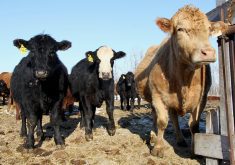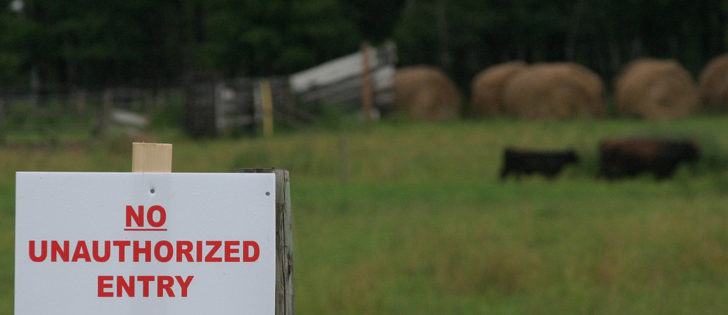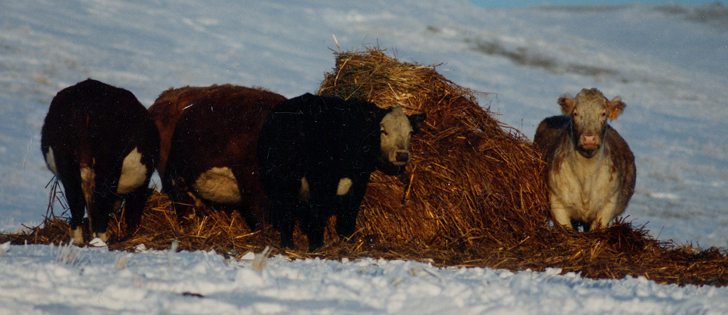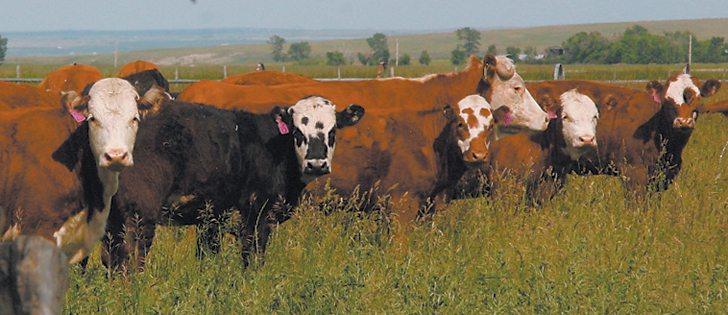The bovine tuberculosis discovery and investigation that became a nightmare for southeastern Alberta ranchers may be coming to a wakeful end.
Officials with the Canadian Food Inspection Agency, which is in charge of the investigation and eradication of the disease, said Feb. 3 that no new cases have been found beyond the original six animals.
Now the agency will concentrate its efforts on the source herd from which all six cases came.
“Our evidence shows that there is low risk that the disease was further transmitted by the cattle that co-mingled with the cattle from the infected farming operation on the community pastures,” the CFIA said in a news release.
Read Also
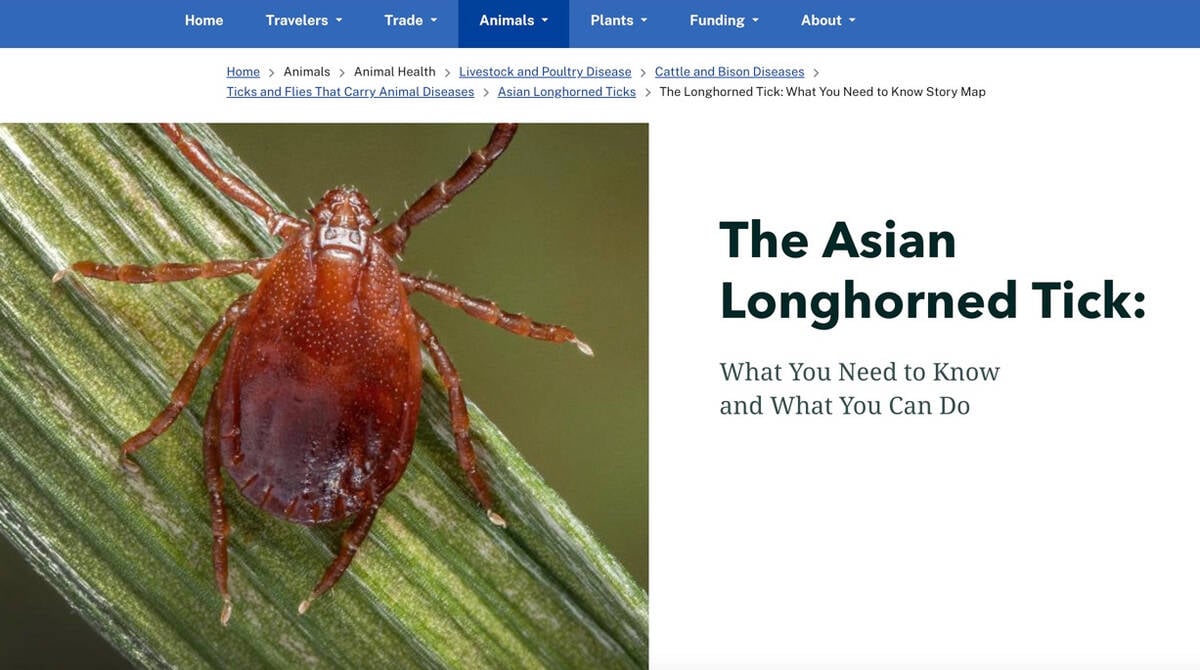
New World screwworm not seen as trade threat
Canadian cattle producers shouldn’t be worried about the New World screwworm, which has become a massive concern for ranchers in Mexico and is threatening the southern United States
About 10,000 mature cattle and most of the calves from 18 farming operations have been killed and tested. That will eliminate the risk of further spread, the CFIA said.
Trace-out of animals from the source herd will begin in fall because calving season has begun and testing could cause stress to pregnant cows and those that recently calved.
About 58 operations in Alberta and Saskatchewan remain under quarantine and 16 have been released.
Alberta Beef Producers says the latter group comprises those with low risk, such as feedlot cattle and animals that had only fenceline contact with the source herd.
“I think the news that we can restrict the trace-in and trace-out activities to the initial infected premise where the confirmed positive resided is very positive,” said ABP beef production specialist Karen Schmid.
The ABP emphasized that cattle from premises given conditional release from quarantine pose no risk.
“I think there’s a lot of fear out in the industry and among the infected producers that these cattle and the general area have a black cloud hanging over their heads,” said Schmid. “But these are some of the safest cattle in the country. They’ve been scrutinized heavily.”
The CFIA said producers that owned cattle in the commingled herds released from quarantine can clean and disinfect their premises, although that may have to wait until it is warmer. Once the CFIA verifies disinfection, those producers can restock. The restocked cattle will then be tested at six and 18 months after entry to ensure they are disease-free.
The strain of TB identified in the Jenner, Alta., region is most closely identified with a strain in Mexico and has never been found in the province before.
The CFIA said it is unlikely to have come from wildlife, including the elk on Canadian Forces Base Suffield, which borders the Jenner region.
Schmid said about 400 elk hunted on the base have been examined so far this year and none have shown signs of TB infection.




